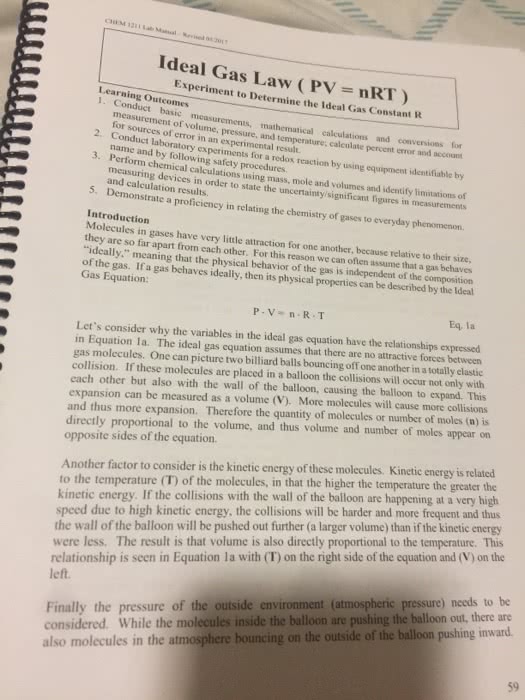CHM101H1 Lecture Notes - Lecture 9: Chemical Polarity, Electronegativity, Fluorine
Document Summary
These properties can be understood in terms of the energy of motion (kinetic energy) of the particles of each state compared to the intermolecular forces between those particles. Average kinetic energy, which is related to the average speed of particles within any state, is proportional to the absolute temperature of those particles. The average energy of attraction in gas molecules is much smaller then their average kinetic energy. This lack of strong attractive forces allows the gas to expand and fill its container. In liquids the intermolecular forces are strong enough to hold molecules close together, so liquids are much denser and far less compressible than gases. The attractive forces in liquids are not strong enough, however, to keep the molecules from moving past one another. Thus, any liquid can be poured and it assumes the shape of the portion the container it occupies.


